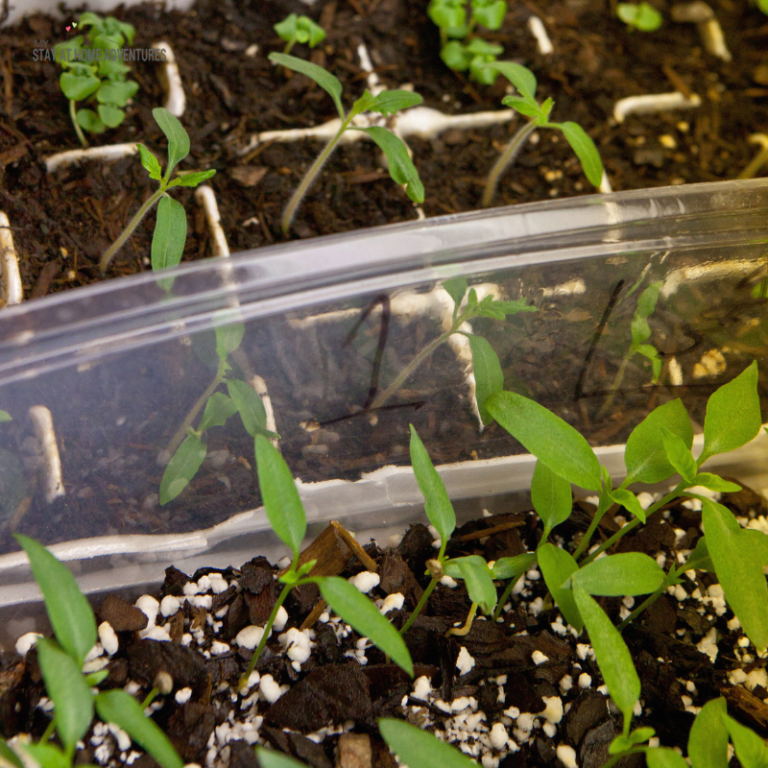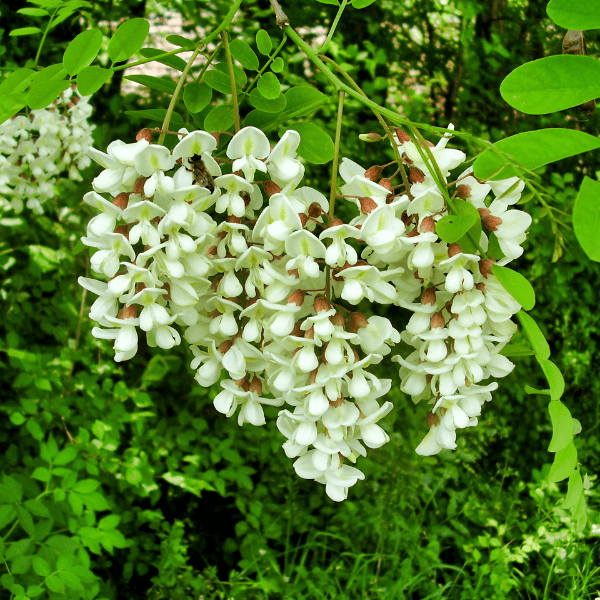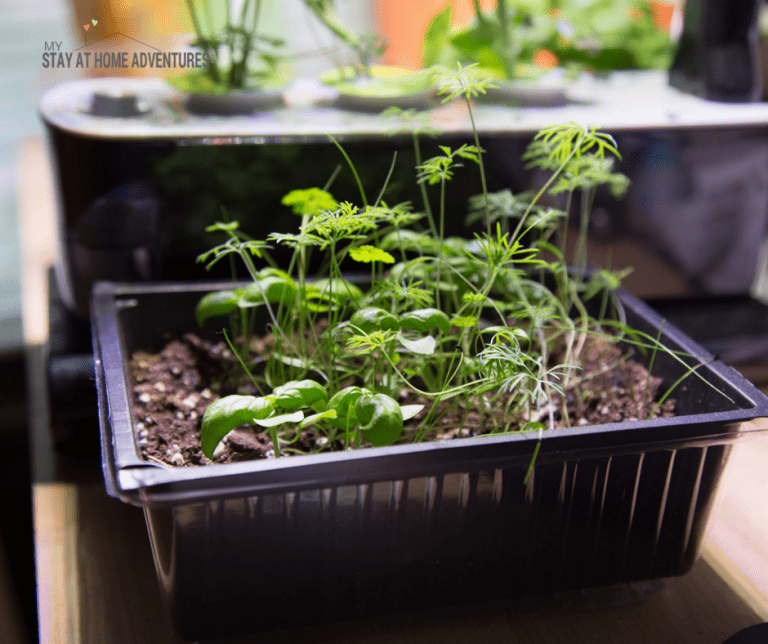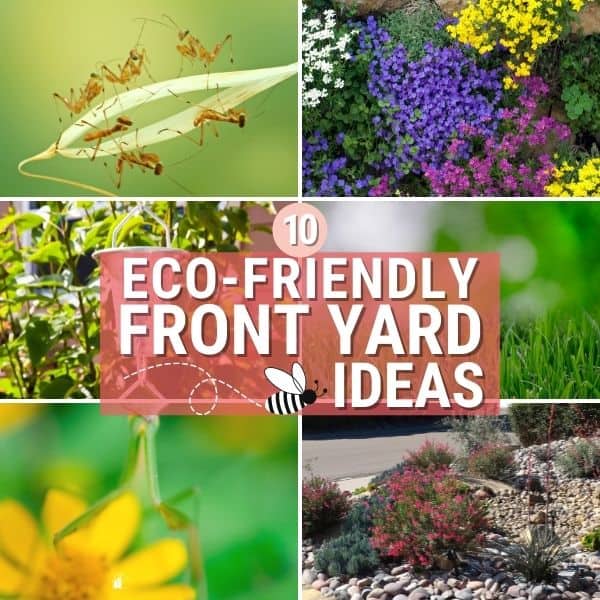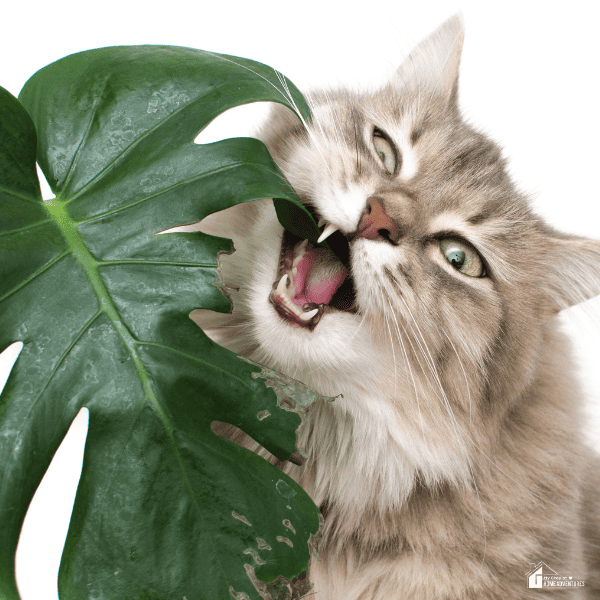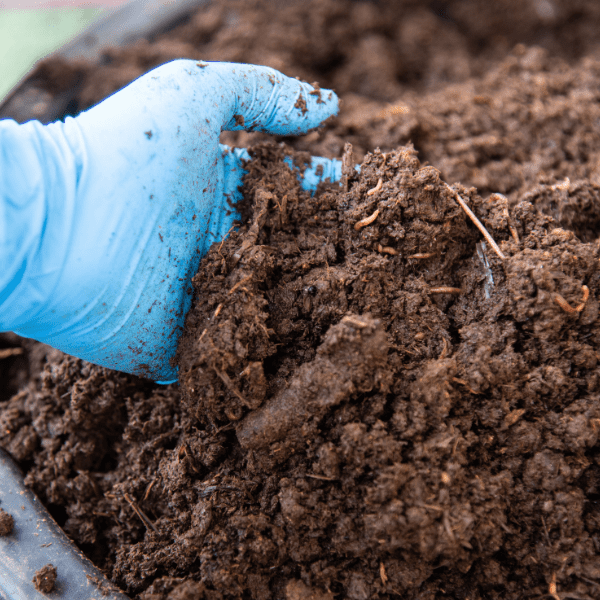What is the Best Soil for Indoor Plants?
This post may contain affiliate links which might earn us money. Please read my Disclosure and Privacy policies hereIt's critical to choose the right potting soil for indoor plants if you want to cultivate healthy houseplants. Understanding and developing a proper soil environment for your plants is one of the most important factors in your success.
Plants require a particular set of nutrients in the soil where they take root, so making the ideal potting mix at home can be challenging.
Let's look at the best soil for indoor plants to grow healthy as they should be!
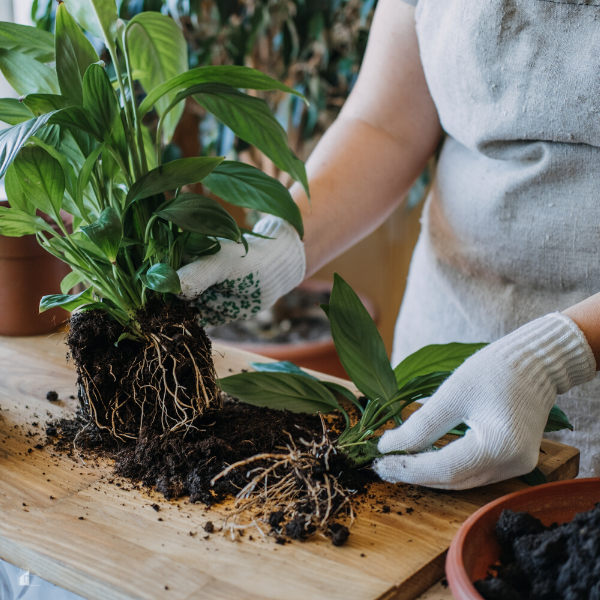
Do indoor plants need special soil?
Root growth, aeration, and appropriate drainage require space in the soil for houseplants. There's a good likelihood that if a soil mix contains actual dirt from outside, your indoor plant won't like it. Plants also require a constant supply of nutrients and a regulated pH.
Outdoor soil is not the same as potting mix. It would help if you planted any indoor plants in a potting mix. Use one that provides your plant roots with the ideal air, moisture, and nutrient balance. Outdoor soil is thick and is best utilized for planting in the open air.
What soil is best for potted plants?
Potting mixes (also known as soilless mixes) are specifically designed for growing potted plants. They are light, moisture-retaining, and provide ample air space around the roots.
Good mixes always include an organic component (peat moss, compost, bark), vermiculite or perlite (to help retain moisture), sand, fertilizers, and limestone; however, the exact ingredients vary.
You might enjoy these garden posts:
Some contain fertilizer or moisture-retention treatments, which are normally labeled. But, again, knowing what's in the potting mix will help you figure out if it'll work for the plants you're trying to grow.
Depending on what you're trying to grow, the ideal potting mix for potted plants may differ slightly. On the other hand, quality mixes will be light, fluffy, and dry and contain peat, coir, bark, perlite, or vermiculite.
Avoid products that are compost-based or appear to be extremely heavy since they will not allow adequate air room for roots to grow.
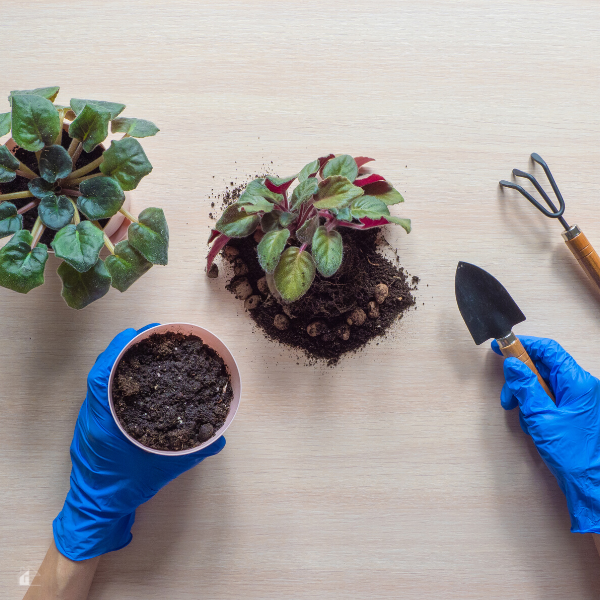
Can you use garden soil for indoor plants?
You should not use garden soil indoors. Natural soil can bring fungus, illness, and pest concerns into your home. Instead, use a potting mix like the one suggested above.
What should I add to my potting mix?
Different soil nutrients are used for various purposes, which can be divided into the following categories:
Aeration and Drainage materials
Many houseplants thrive on soil that drains properly. These additives can aid in soil drainage improvement:
Perlite
Perlite is a volcanic rock that has expanded due to the heat it has been exposed to. It's light, keeps a little moisture in the soil, and aerates the soil to improve drainage.
Pumice
Another volcanic rock that aids soil aeration is pumice. It is permeable, preserves plant nutrients, and does not decompose over time.
Coco coir
Coco coir Made with shredded coconut husks. It collects some water but drains quickly, leaving the soil moist but not flooded.
Vermiculite
Vermiculite is a lightweight soil amendment that retains water and nutrients while keeping the soil light and fluffy.
Sand
Sand increases soil drainage and is an excellent choice for plants that thrive in drier environments.
Horticultural charcoal
Horticultural charcoal, also known as activated charcoal, absorbs excess water from the soil, preventing the suffocation of plant roots.
Coarsely cut pine or fir bark
Coarsely cut pine or fir bark increases airflow and drainage to a potting mix.
Soil Builders
- Earthworms produce worm castings, which are a type of manure. A tiny amount of earthworm castings can be added to the soil mixture. Alternatively, as a fertilizer, sprinkle a spoonful or two of worm castings on top of the soil every month or so.
- Compost can also help to increase the nutrient content of the soil. To fertilize your plants, sprinkle a small amount on top of the soil.
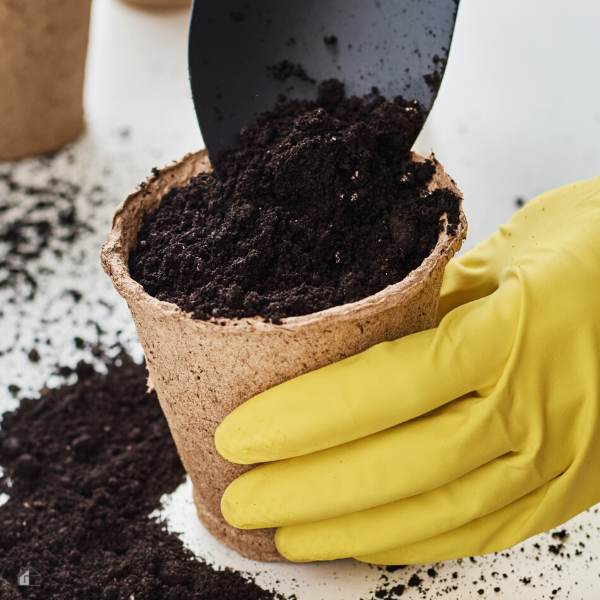
How to make the best soil for indoor plants?
Now that you've learned about all the different ingredients and additions, let's make a potting mix.
To do your mixing, you'll need a large bucket or tub.
A soil scoop will make this endeavor a bit less messy, but it's not required, a shovel, measuring cup, or even a large spoon will do.
Fill your container with your components, stir them together, and you're ready to repot your plants. Any leftover potting mix should be kept in an airtight container or zip-top bag. Make a note of what kind of blend it is so you don't forget.
Here are some examples of mixes to get you started:
- 1/4-1/2 drainage ingredient, such as coco coir or orchid bark + 1/2-3/4 potting soil This mixture will produce a rich but well-draining potting mix that will perform well for a variety of tropical plants. If desired, finish with some worm castings.
- For a permeable mix ideal for succulents and cacti, combine potting soil, sand, perlite, or pumice.
- Orchid bark, coco coir, and pumice can be used in equal amounts, along with a little amount of horticulture charcoal and worm castings. For aroids like philodendrons and monsteras, this is the preferred soilless mix. Make up about 3/4 of the mixture with bark, coir, and pumice. You can use perlite for pumice, but keep in mind that it will eventually float to the surface of the soil.

